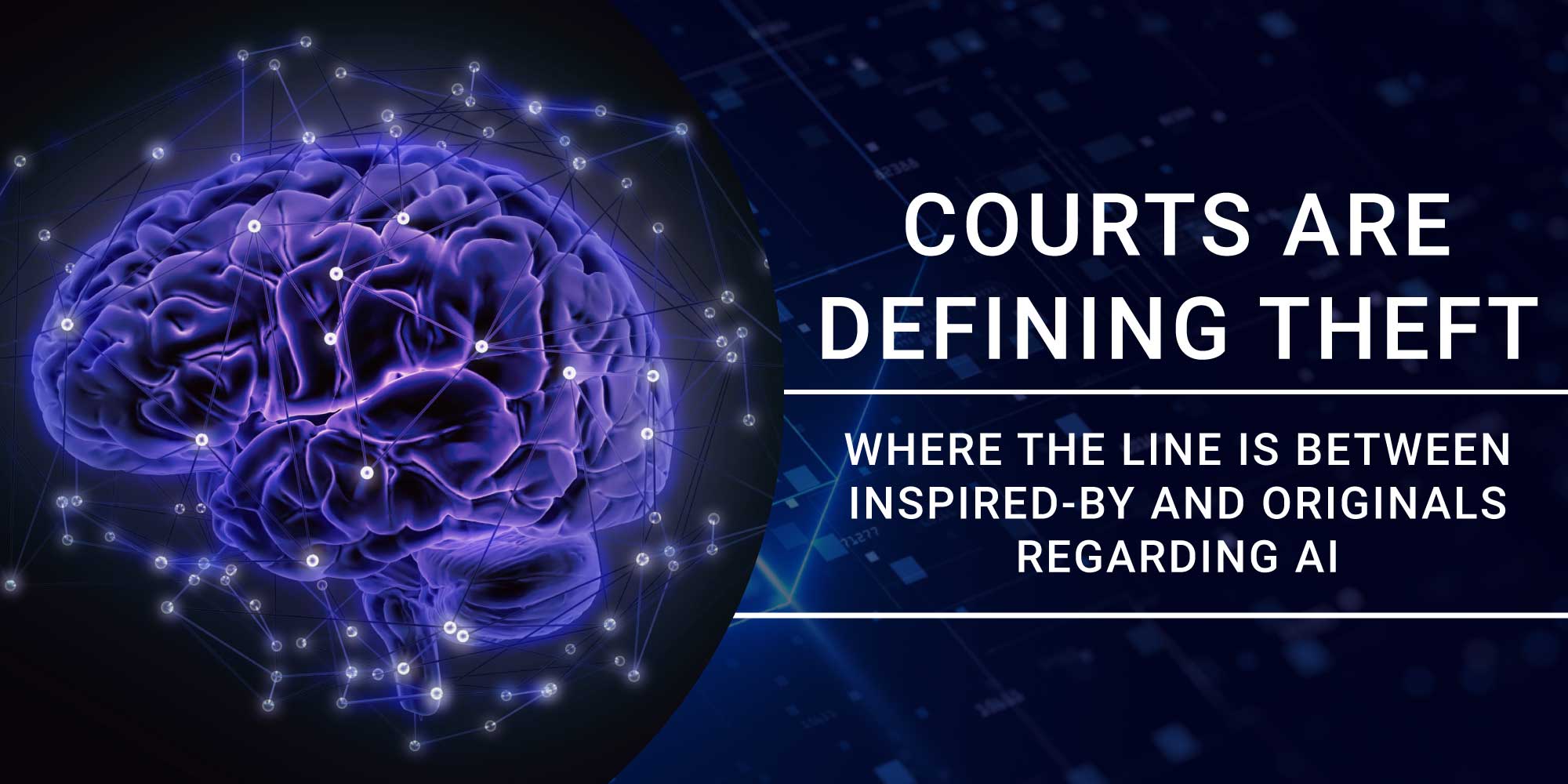Hello, good people of the internet! Welcome back to the blog. Today, we’re discussing the massive number of lawsuits aimed at companies using AI. It spans from art to programming, so strap in, and get ready for a crazy ride! There are a good number of links in this article, and you should be prepared to go down a rabbit hole of reading.
Let’s start with the artsy stuff. If you recall the blog post we wrote about two weeks ago, concerning AI and art theft, you’ll understand where this first lawsuit is coming from. There are two here that have hit the headlines. First, we have the Getty Images lawsuit against Stable Diffusion. This lawsuit alleges that Stable Diffusion (SD) was trained by scraping images from Getty’s stock, from the web, then using pieces of said images to create something else.
Now, you may say that’s fair use, but there’s an excellent comparison of artwork created by SD using scraped images. You can see that here and make up your own mind. My guess is, you’ll agree that it’s outright theft. But that’s for the courts to decide. On to our second piece of the puzzle.
SD is also dealing with another lawsuit, alongside Deviant Art—for their DreamUp AI art program, and Midjourney—another AI art creation program. Three artists are suing these creators for the same reason as Getty; they allege the programs are scraping their art to “learn” how to draw. Once again, go on back to that PDF above and really look at the images the law firm used for comparison. It’s rather mind blowing. Details about this lawsuit can be found here.
I’m diving into our dear friend Microsoft’s lawsuit next. If you didn’t know, they recently partnered with Open AI’s Chat GPT. Plans for incorporating the AI into Bing are in the works, but apparently, the two companies have buddied up already and created an AI program called CoPilot.
CoPilot compiles code from the Microsoft-owned platform Github. That’s right, CoPilot goes through the hundreds of thousands of lines of code written by Github users and scrapes pieces and parts together to create “new” code.
I bet you’re wondering what the problem is, right? That’s literally why Github exists.
You’re right, but a lot of the contributors on the site provide those snippets of code in exchange for their name being presented anytime the code is used. Guess what CoPilot fails to do?
If you said, “It doesn’t credit the creator!” You’re right on the money. In this lawsuit, the plaintiff alleges that CoPilot “wrote” code with his Github contribution and didn’t name him as the OG writer. So, basically, the AI stole his code. This is one of those lawsuits you have to read more about to understand, so here’s the link. Enjoy that one. It’s interesting to see the comparison pieces the plaintiff provided.
Last, but certainly not least, we have something that isn’t a lawsuit. It’s more of an open letter to folks using AI to create things (even when they’re not trying to pass it off as their own).
If you’ve heard of the singer Nick Cave, you’ll know exactly what this is about once you get past the lyrics. Nick certainly has some interesting insights, and one of my favorite lines from this letter is: “ChatGPT’s melancholy role is that it is destined to imitate and can never have an authentic human experience, no matter how devalued and inconsequential the human experience may in time become.”
If you’re in the business of creative works, whether that be writing, drawing, coding, painting, sculpting, or anything else, these articles should pique your interest. Why? Because these court cases are literally going to set a precedent for what AI will be allowed to do, now and in the future. Crying, “fair use!” is only going to go so far. It’s one thing to be inspired by someone else’s work and create something similar but different, but it’s a whole other ball game to take a piece of that person’s work and a piece of another and stick them together.
And if I hear one more person say how Andy Warhol did it and didn’t have issues, I invite you to look up how many lawsuits he fended off with money because he used pieces and parts of someone else’s intellectual property. You might just be surprised.
Fair use is for college kids, and anyone else is just a thief.
Well, that’s all for today. I do hope you click the links above and read a little more deeply into all this. Pay attention. It may impact you in more ways than you think. Thanks for stopping by and reading! While you’re here, check out some of our other blog posts. We cover all kinds of topics. Until next time!




